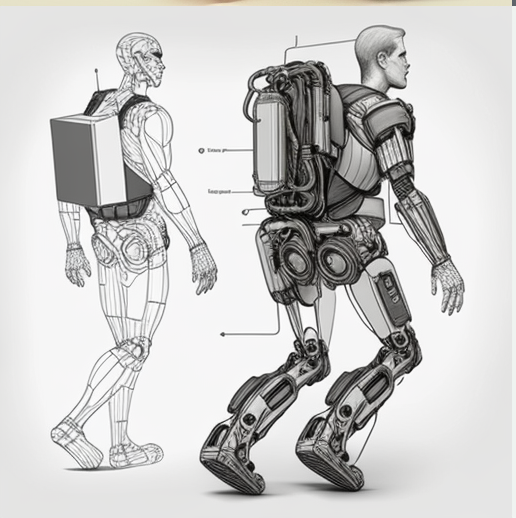In today’s rapidly evolving world of artificial intelligence and deep learning, researchers are embarking on a groundbreaking journey to fuse the strengths of symbolic AI and neural networks, giving rise to the exciting realm of Hybrid AI. This innovative approach holds the potential to address fundamental challenges that have long plagued the domain of deep learning.
The Rise of Hybrid AI
Hybrid AI represents the convergence of two powerful AI paradigms – neural networks and symbolic AI. The magic happens when massive datasets, spanning visual, audio, textual, emails, chat logs, and more, are fed into neural networks to unveil intricate patterns. Subsequently, rule-based AI systems step in, leveraging algorithms to manipulate symbols derived from this information.
The ultimate goal of researchers is to develop Hybrid AI systems capable of effortlessly deciphering abstract relations between objects and comprehending the underlying reasons, much like the human brain.
Unveiling Symbolic AI
To understand the significance of Hybrid AI, it’s essential to delve into the roots of symbolic AI. During the 1960s and 1970s, as technological advancements surged, researchers became increasingly intrigued by the intersection of machines and nature. Symbolic AI emerged as a promising avenue, with the belief that it held the key to creating artificially intelligent machines – a long-term aspiration of the field.
The term “good old-fashioned artificial intelligence” or “GOFAI” was coined by John Haugeland in his 1985 book, ‘Artificial Intelligence: The Very Idea.’ This marked a pivotal moment in the exploration of AI’s ethical and philosophical implications. Over the years, AI research followed two parallel tracks: symbolic AI and connectionist AI.
Symbolic AI, also known as Classical AI, focuses on expressing human knowledge in a clear declarative form – facts and rules. It saw significant use from the mid-1950s to the late 1980s. However, in recent times, machine learning powered by deep neural networks has taken the spotlight.
The Shift Towards Hybridization
In recent years, there has been a noticeable shift away from the symbolic approach due to its inherent technical limitations. According to David Cox, the IBM Director at MIT-IBM Watson AI Lab, deep learning and neural networks excel in dealing with the complexities of the real world – something symbolic AI struggles with. Neural networks meticulously study and compare numerous annotated instances, unveiling meaningful relationships and creating mathematical models.
The tech industry and academia have invested heavily in deep learning, which shines in areas where symbolic AI falls short. For instance, deep learning has revolutionized computer vision, with applications in facial recognition and tuberculosis detection. Language-related tasks have also benefited from breakthroughs in deep learning.
However, deep learning and neural networks have their limitations, including their dependence on vast volumes of data and susceptibility to adversarial attacks that can manipulate AI models unpredictably.
The Synergy of Symbolic AI and Neural Networks
The future of AI lies in the synergy between symbolic AI and neural networks. Hybrid AI harnesses the processing prowess of neural networks for evaluating unstructured data, coupled with the reasoning abilities of symbolic AI techniques. Proponents of this approach argue that neural networks will ultimately give rise to highly sophisticated and broadly applicable AI.
In 2019, the International Conference on Learning Representations (ICLR) featured a groundbreaking paper. Researchers combined neural networks with rule-based artificial intelligence, birthing the “Neuro-Symbolic Concept Learner” (NCSL). This hybrid system demonstrated remarkable accuracy in handling visual question-answering tasks. Moreover, NCSL excelled with less training data, conquering longstanding deep learning challenges.
Even tech giants like Google employ a complex, all-encompassing AI system that marries cutting-edge deep learning tools, such as Transformers, with advanced symbol manipulation tools like the knowledge graph.
In conclusion, the fusion of symbolic AI and neural networks in Hybrid AI represents a monumental leap forward in the realm of artificial intelligence. It promises to unlock new frontiers and address the limitations of deep learning, paving the way for more intelligent, adaptable AI systems. As we move forward, the journey towards Hybrid AI continues to captivate the minds of researchers and innovators, ensuring that the future of AI remains a compelling and ever-evolving narrative.










Leave a Reply